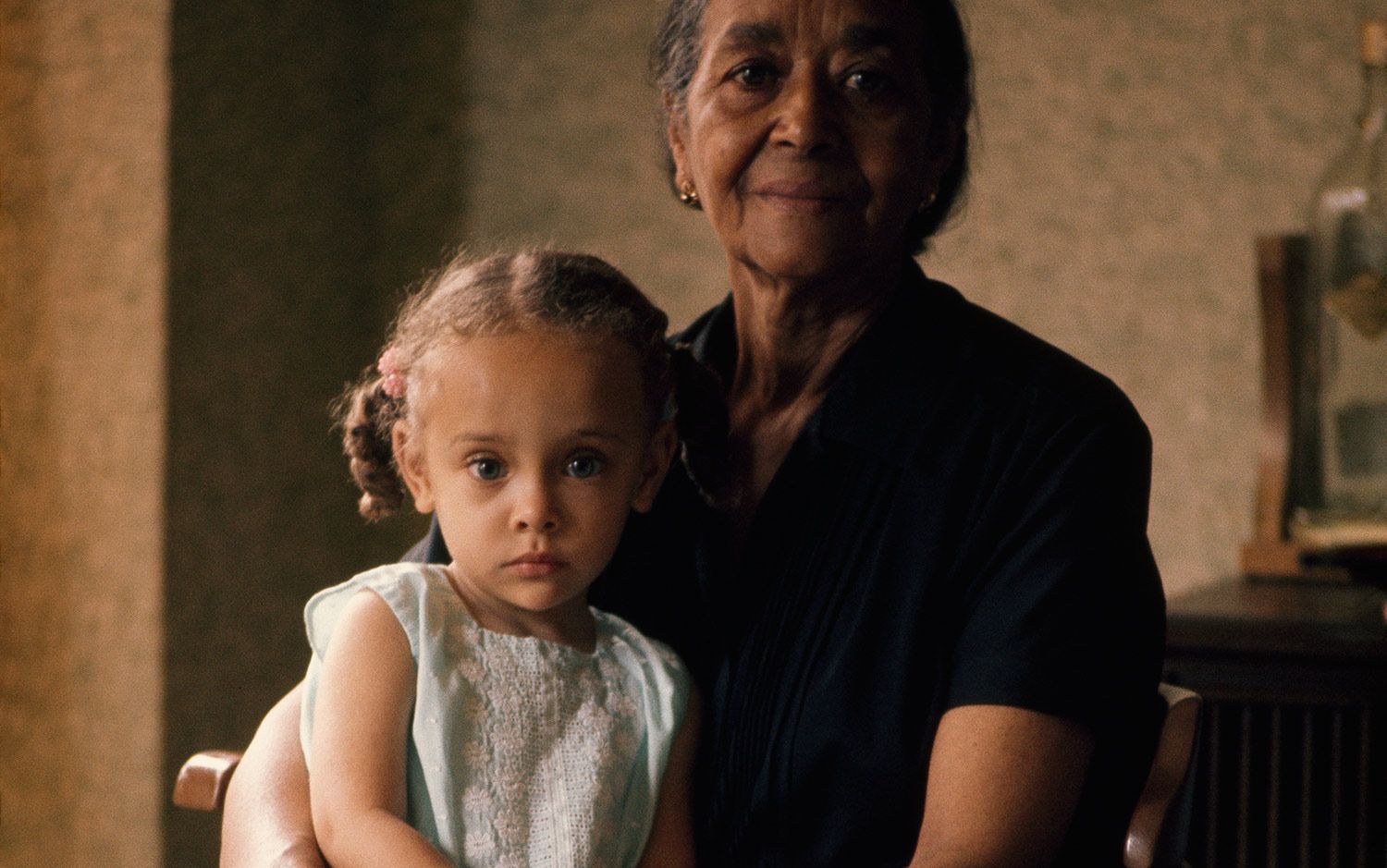A Family That Pushed Racial Boundaries Through GenerationsPosted in Articles, Family/Parenting, History, Media Archive, United States on 2017-02-05 19:38Z by Steven |
A Family That Pushed Racial Boundaries Through Generations
The New York Times
2017-01-27
Caitlin Dickerson, National Reporter
 From left: Blake, Jared, Bryan and Deborah Treadwell, photographed in Eastham, Mass. Credit Erik Jacobs for The New York Times |
When Lizzie Connor kissed her husband goodbye and hopped on a train at Grand Central Depot, The New York Times took note. An article written about the couple in 1885 was not a wedding announcement, but a news story that noted a serious peculiarity at the time.
Ms. Connor was white; her husband, Titus Poole, was black. And we believe that the article, headlined “Married to a Negro,” was one of the newspaper’s earliest mentions of an interracial couple. Four generations later, the couple’s descendants have drawn the attention, and sometimes scorn, of outsiders because of several boundary-defying unions that followed. Today, they have roots that are black, white and Native American.
It appears the writer of the article did not interview the Pooles, but instead retraced their steps across southern New York State over several days, stringing together a dispatch that reads like a gossip column, with bits of information, like Mr. Poole’s “handsome suit of broadcloth, with white vest, white necktie, and buff kid gloves,” from those who had observed the couple. The article also misspelled Mr. Poole’s surname and misreported the couple’s ages.
Even more rare than their interracial relationship was the Pooles’ adoption of a white baby girl, named Lillian. “Simply unheard-of,” is how E. Wayne Carp, an emeritus history professor at Pacific Lutheran University, recently described the adoption, which he called a “one-in-a-million case,” because of the “raging racism against mix-race married couples” at the time…
…Bryan Treadwell, the Pooles’ great-grandson, now 68, says he identifies racially as “other.” He hadn’t known until The Times tracked him down last year that his great-grandparents were an interracial couple, but he did know that Lillian Poole, his white grandmother (and the Pooles’ adopted daughter), defied racial mores by marrying Harold Treadwell Sr., who was part black and part Native American. They gave birth to Mr. Treadwell’s father, Harold Marvin Treadwell Jr., in 1925…
Read the entire article here.



